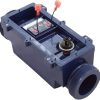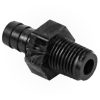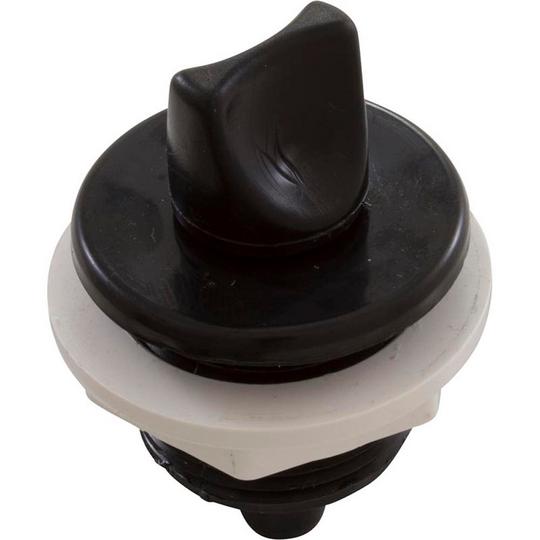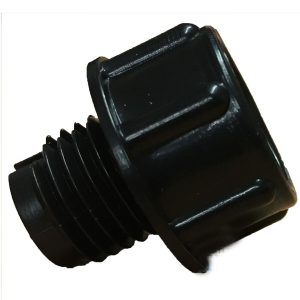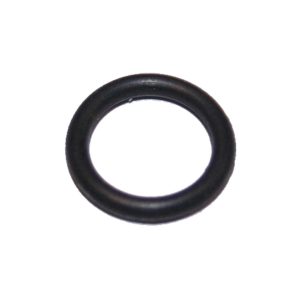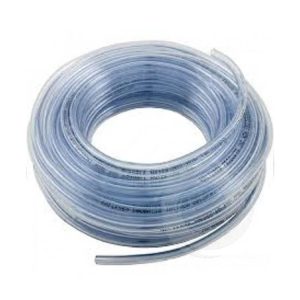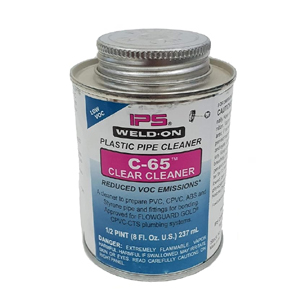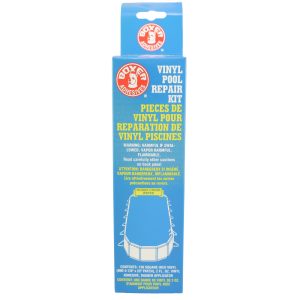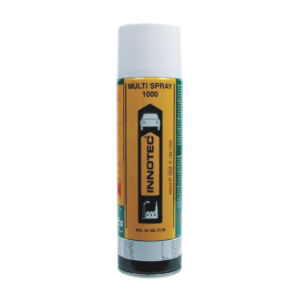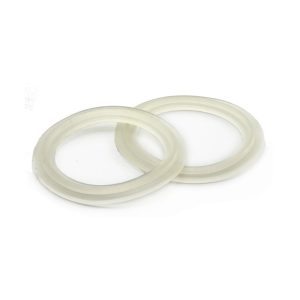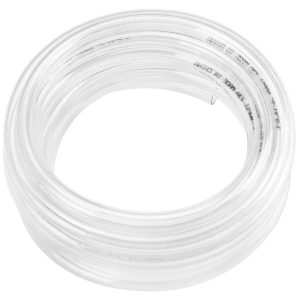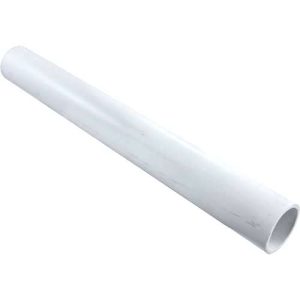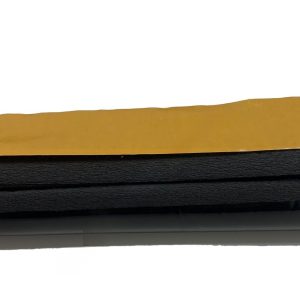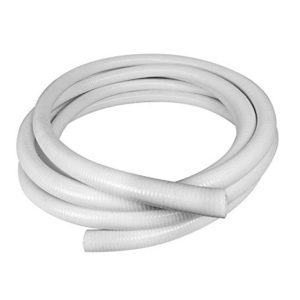Air Bleed Assembly
£13.05 Inc VAT
12 in stock
Air Bleed Assembly: Essential for Efficient Hot Tub Performance
Introduction
As an experienced hot tub enthusiast and parts supplier, I’m excited to introduce you to the Air Bleed Assembly – a crucial component for maintaining your hot tub’s optimal performance. This high-quality part, manufactured by the renowned Waterway, is designed to enhance your spa experience by efficiently managing air in your hot tub’s plumbing system.
Product Overview
The Air Bleed Assembly is a compact yet powerful device that plays a vital role in your hot tub’s circulation system. Its primary function is to help prime the pumps and prevent air locks, ensuring smooth water flow and consistent performance.
Key Features and Benefits
Easy Installation and Access
This assembly is typically installed near the filter housing, providing convenient access without the need to open the main inspection cabinet. This thoughtful design saves you time and effort during routine maintenance.
Efficient Air Management
By connecting the air bleed points from pump heads or bleed valves to this assembly, you can easily remove trapped air from your system. This feature is crucial for maintaining optimal pump performance and preventing potential damage caused by air locks.
Versatile Application
The Air Bleed Assembly is compatible with 3/8 inch vinyl pipe, making it suitable for a wide range of hot tub models and configurations.
Durable Construction
Crafted by Waterway, a trusted name in the industry, this assembly is built to withstand the demanding environment of your hot tub. Its robust construction ensures longevity and reliable performance.
Installation Tips
For best results, I recommend the following installation method:
- Assemble the unit through the spa shell using silicone for a watertight seal.
- If you prefer, you can use a gasket instead of silicone. However, avoid using both together, as this can cause the gasket to bulge and potentially lead to leaks.
- The package includes an O-ring and bleed screw for your convenience.
Specifications Table
| Specification | Details |
|---|---|
| Manufacturer | Waterway |
| Type of Product | Air Bleed Assembly |
| Most Common Size Reference | 32mm |
| Outer Length of Threaded Part | 32mm |
| Outer Height (stood on threaded end) | 70mm |
| Outer Diameter | 59mm |
| Internal Diameter | 44mm |
| Compatible Pipe Size | 3/8 inch vinyl pipe |
| Included Components | O-ring and bleed screw |
Why Choose This Air Bleed Assembly?
- Improved System Efficiency: By effectively removing air from your hot tub’s plumbing, this assembly helps maintain optimal water flow and pump performance.
- User-Friendly Design: The accessible location and easy operation make routine maintenance a breeze, even for those new to hot tub care.
- Versatile Compatibility: Its standard size and universal design ensure it fits a wide range of hot tub models, making it an excellent choice for various setups.
- Quality Assurance: As a product from Waterway, you can trust in its quality and durability, designed to withstand the rigors of hot tub environments.
- Prevention of Costly Repairs: By helping to avoid air locks and maintain proper pump function, this assembly can prevent potential damage to your hot tub’s circulation system, potentially saving you from expensive repairs down the line.
Conclusion
The Air Bleed Assembly is more than just a spare part – it’s an investment in your hot tub’s longevity and your peace of mind. By incorporating this essential component into your spa system, you’re ensuring smoother operation, easier maintenance, and ultimately, a more enjoyable hot tub experience.
Remember, proper installation and regular use of this Air Bleed Assembly can significantly contribute to the overall health and efficiency of your hot tub system. It’s a small part that makes a big difference in maintaining the perfect spa environment for relaxation and enjoyment.
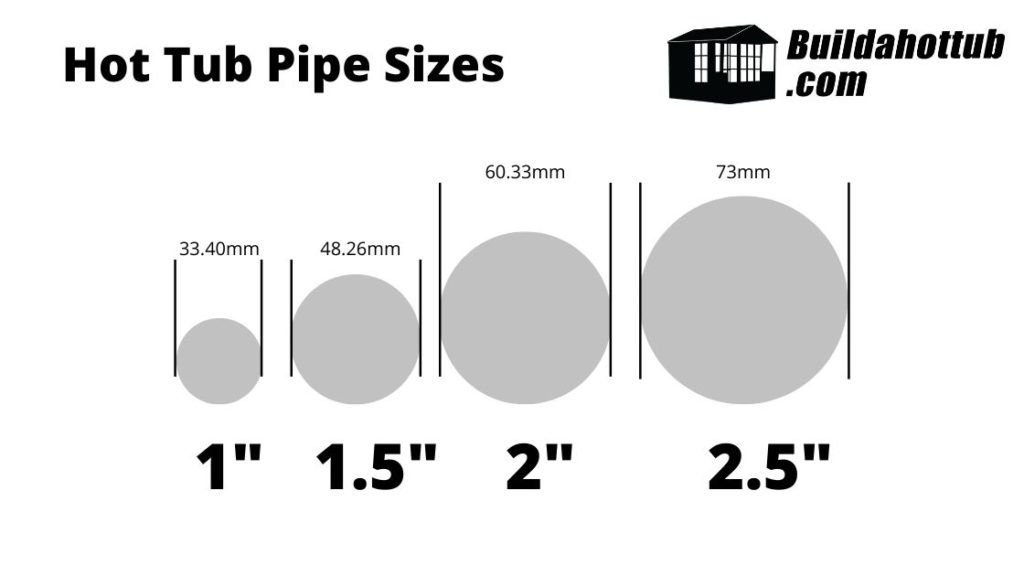
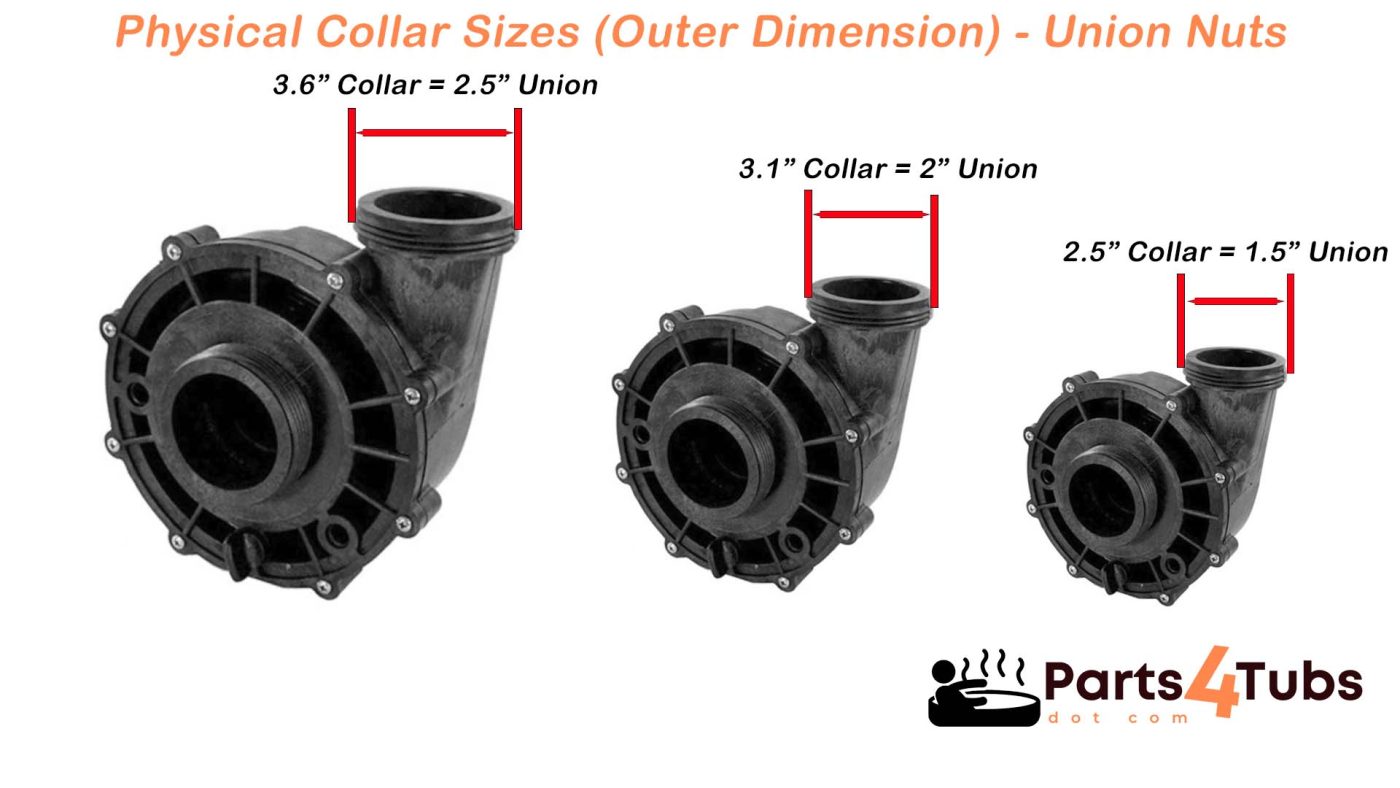
USA Imperial is the Standard
All hot tubs and their fittings are designed for USA standard of Imperial pipe. Would you believe that for example, a European 2.5″ pipe is different from a USA 2.5″ pipe – well it is and there is just over 2mm difference and it makes a huge difference as it doesn’t fit!
You must make sure that you are using American standard sized pipe – always worth checking with your supplier before you purchase.
Can I convert Metric pipe to Imperial?
Yes, you can convert metric pipe to imperial, usually there is a socket connection that will do that. However, what I would preface that with is really, the only reason you would want to do that is say if you have a long run of pipe between your control room and your hot tub. You cant easily get imperial pipe supply but you have found say 75mm pipe that would do the job.
In this instance, it would work to convert it down at each end.
However, what you cannot do (technically you can but it is a real mess to do so) is convert all of the pipework to metric using adaptors. Generally, this just doesn’t work, costs loads in just adaptors alone and the amount of joints means you are going to have some leaks!
What rating of pipe do I need?
Pipe is rated to different pressures. You must use pressure rated pipe on your hot tub build as it is a pressurised system. In general, any pipe that is rated to 130 PSI or 9 BAR can be used on a hot tub build. This is often referred to as Class C. Likewise, Class E which is rated to 15 BAR or 218 PSI is also commonly found on hot tub builds.
Anything less than 130 PSI or 9 BAR should not be used – the pipes are not waste water pipes that are commonly found in hardware stores. They must be pressure rated and you will see this printed on the side of all the pipe so there will be no confusion.
What about Schedule 40 Pipe?
The schedule number on pipe correlates to the thickness of the wall on the pipe: as the number increases, the thicker the wall thickness is. Also, what is interesting is that while the schedule number can be the same on different sized pipes, the actual wall thickness will be different.
However, for our DIY Hot Tubs, we would only opt for schedule 40 – schedule 80 would be an overkill.
We also only use schedule 40 pipe if it is being buried and there is considerable weight on it. What I mean by this is that you need the physical strength of the pipe to stop it being crushed and cracked. In most cases, regular pressure rated pipe is just fine.
Should I use Rigid or Semi-Flexible Pipe?
When I built my own hot tub, I opted for semi-flexible as I though that it would be a little more forgiving. It is, however it is now my experience that the fact it is forgiving, and I use that in a loosest of terms as it is still pretty rigid pipe, it is more likely to leak.
The reason that it is more likely to leak is that you can “force” the joint when there is a little bit of give in the pipe. If you force the joint as I have said many times on this blog and on my YouTube Channel, you are going to have leaks – and it did!
For that reason, wherever possible today I recommend that you use rigid pipe. You have to make a good joint and it has to be accurate. It is forcing your workmanship which you will benefit from in the long run. Rigid pipe is the way forward for your DIY Hot Tub build.
Support your Pipework
If you pick up a length of pipe, 2m/6ft, there is not a lot of weight in it at all. However, if you fill that same pipe with water, cap it off each end and try to lift it, you will notice there is a huge weight increase. Water is heavy. If you have long runs of pipe, you must support them. Whether this is in ground and they should be laid correctly with a gravel base or if it is on your hot tub, they should be tied and pinned to the block work.
If you dont support your pipes and they fill with water, you can put strain on the joints that over time, will work their way loose and leak. It only takes a couple of minutes to tie your pipes and support them and it will save a whole bunch of time and money on repairs in the future by getting this right from the start.
Making the perfect joint with PVC pipe cement.
On this blog and on my YouTube Channel I talk a lot about making the correct joints and that a well made joint doesn’t leak. So, how do you make a well made joint?
- Make sure when you cut the pipes you are cutting them at 90 degrees so they fit into the fittings correctly.
- Make sure you remove any rough edges from your cuts
- Ensure you are roughing up 3″ of the pipe with sand paper before you make the connection
- Apply PVC Pipe Cement to the pipe and the connection
- Twist the pipe or fitting as you are inserting it to prevent “channeling” which leads to leaks
- Make sure the pipe goes all the way into the fitting (always a good idea to mark the ideal depth you want to get to)
- Wipe off any excess pipe cement.
- Allow to cure for 4 hours for full strength
You may also like…
Plumbing and Other
Plumbing and Other
Plumbing and Other
3/8 inch vinyl air pipe (per metre) (PLEASE SEE ADDITIONAL NOTES)
Related products
Plumbing and Other
Chemicals & Accessories
Chemicals & Accessories
Plumbing and Other
Plumbing and Other
Plumbing and Other
Plumbing and Other

